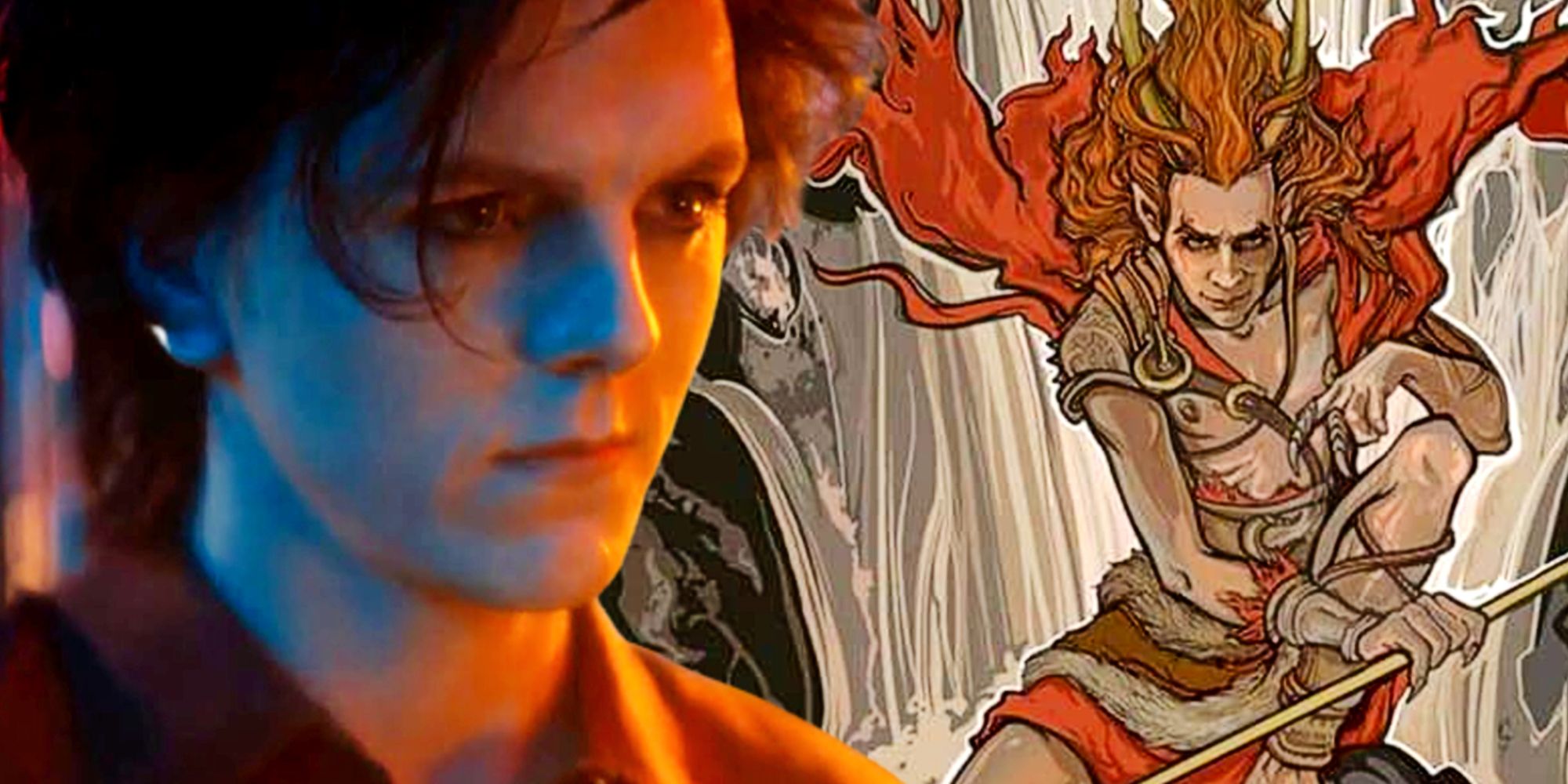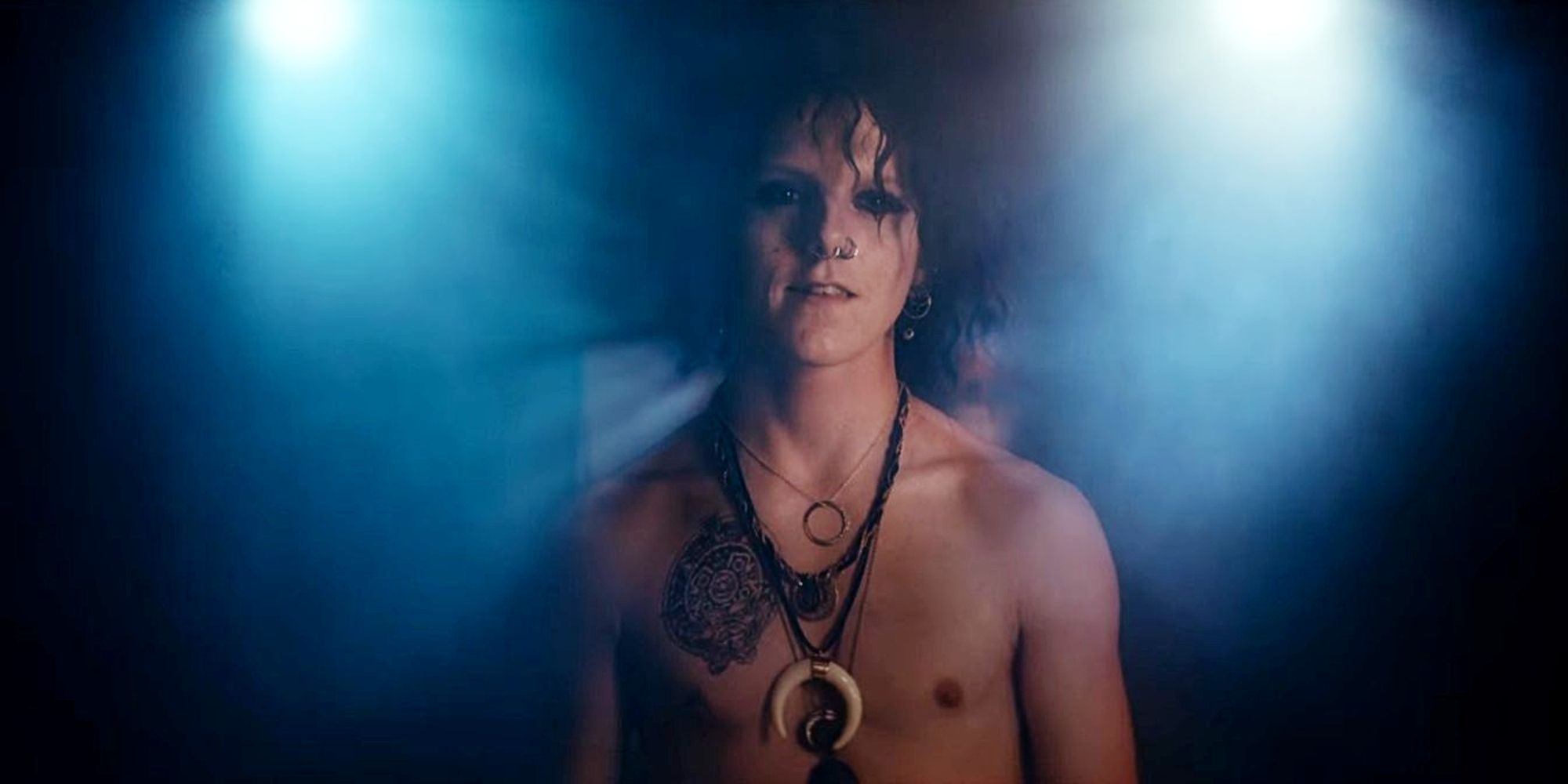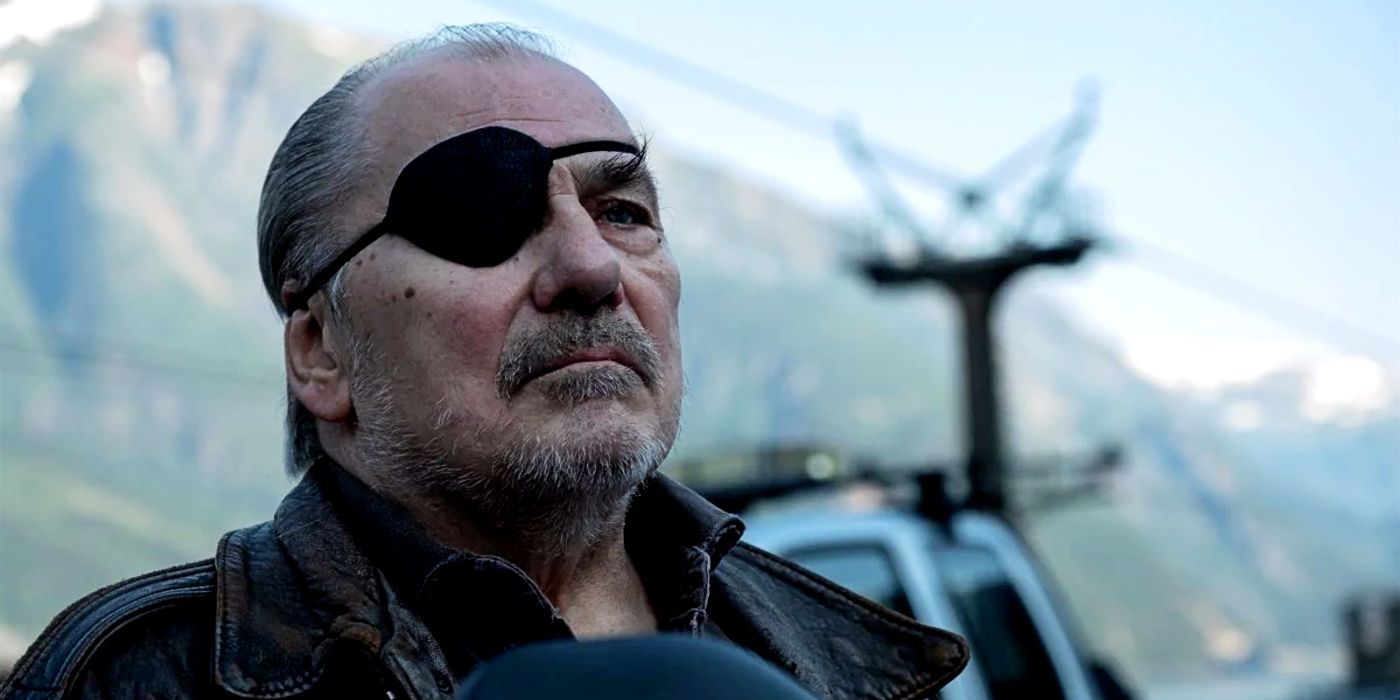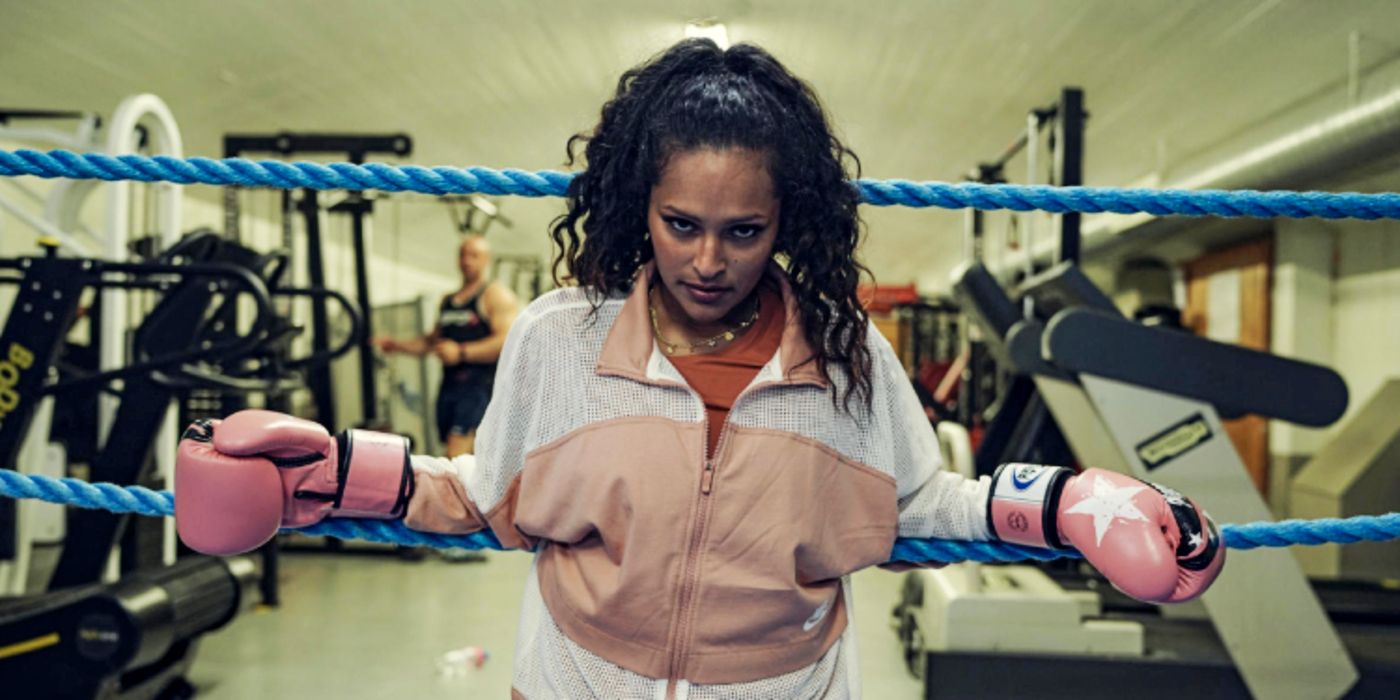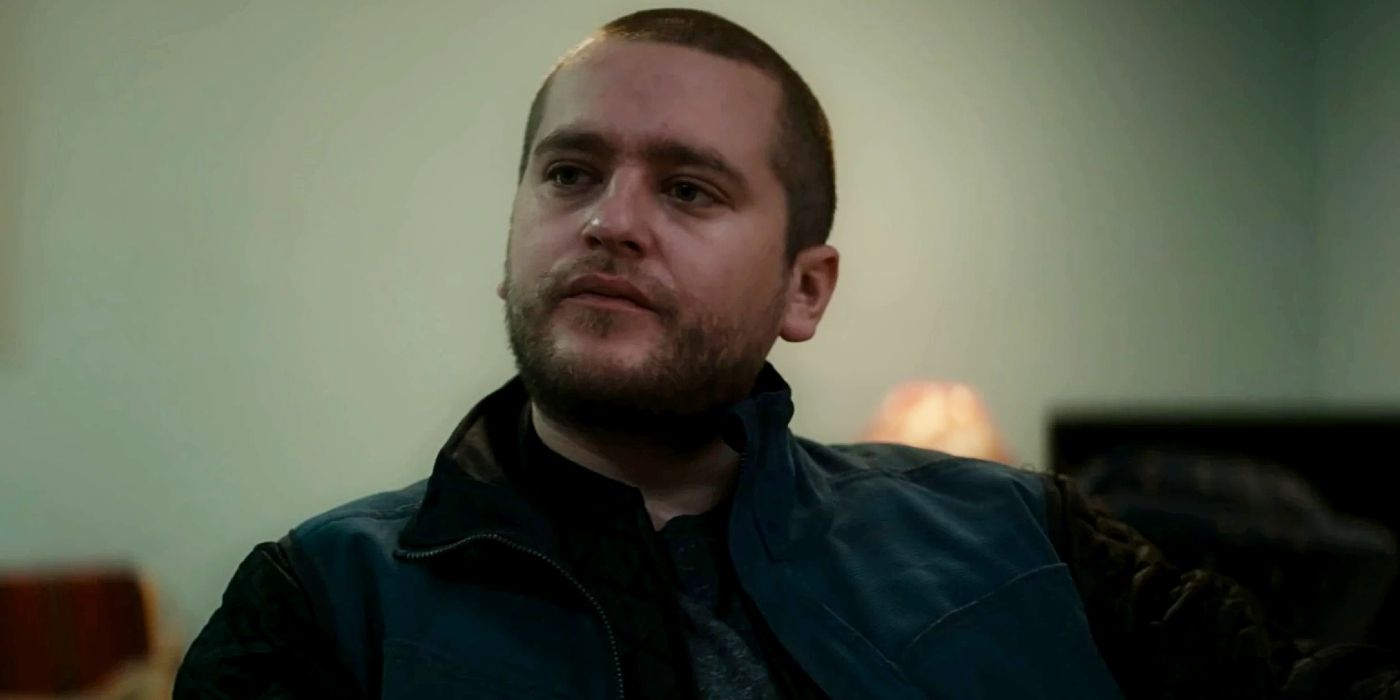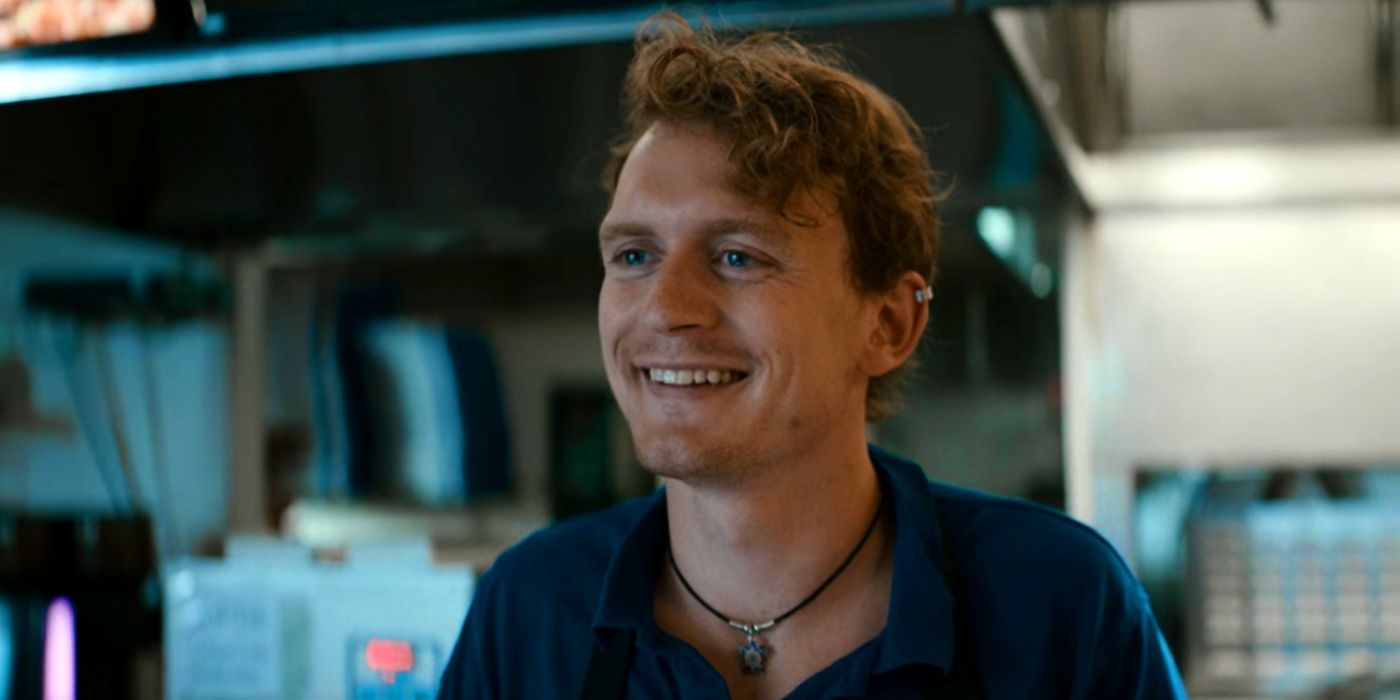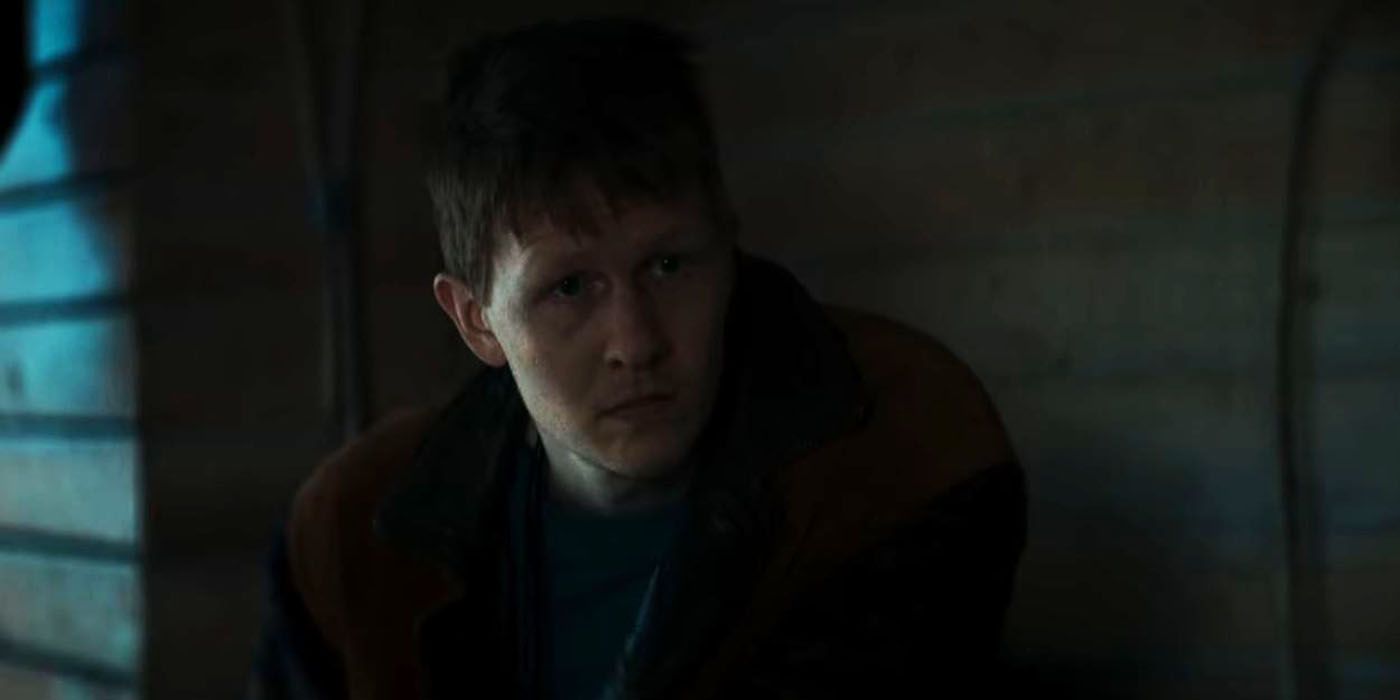Summary
- Ragnarok on Netflix reimagines Norse mythology, focusing on the coming-of-age elements rather than the traditional portrayal of gods.
- The character Magne embodies Thor, with superhuman powers and a sense of righteousness, while grappling with his role and moral dilemma.
- Laurits, revealed as Loki, struggles with his mischievous nature and core identity, playing into the conflict of Loki in Norse myths and triggering the end of the world.
While many fans wondered who are the gods in Ragnarok on Netflix, the series turned out to be about something very different in the end. Instead, it held ont its coming-of-age elements by reimagining Norse mythology. Ragnarok season 1 ended on a feverishly climactic note, with Magne (David Stakston) going up against the Jutul patriarch, Vidar (Gísli Örn Garðarsson), and the next two seasons introduced more characters based on these gods in some unique ways. The Norwegian fantasy drama shifted its focus on Magne’s brother, Laurits (Jonas Strand Gravli), which paved the way for the big reveal of his true identity and parentage.
It was Laurits’ arc that sowed the seeds for the mythic retelling of the end of the world – the great battle between Gods and Giants, or Ragnarök. Most of the Gods throughout the show, especially the Ragnarök characters of Odin and Freya, heavily leaned towards the old ways, but most of the mythmaking was re-contextualized in a modern context. This set the stage for a conflict between the old and the new, which culminated with Magne’s moral dilemma and the decision he had to make concerning going to war or living with peace. This led to a breakdown of all the gods in Ragnarök on Netflix and how they compare to traditional Norse mythology as a whole.
Magne Seier: Thor
Hailed as the protector of humanity and the god of thunder, Thor was traditionally known for defeating the World Serpent and ending Ragnarök, facilitating rebirth for the world and humanity as a whole. Magne is the powerful reincarnation of Thor, his powers include superhuman strength, speed, agility, the ability to influence the elements (especially thunder), and perhaps the only being who is able to lift and use Mjölnir. Much like Thor, Magne exudes bravery and strength even in the direst of situations, while being extremely compassionate and protective of those he cares about.
However, the most important trait Magne shared with Thor is the sense of righteousness, which acts as the fulcrum for his crisis of identity throughout Ragnarök. Broken by the weight of the truth about the true nature of his brother, Magne was understandably conflicted about his role in the bigger scheme of things. Having lost Isolde, his only true friend in Edda, to the cruelty of the Jutuls, Magne felt utterly lost and isolated after his fight with Vidar. While Iman offered help for some time, their eventual fallout further intensified the tussle between what needed to be done and what was morally right.
It is also interesting to note that Magne is named after Thor’s son, Magni, who was a result of a relationship between Thora and the Giant Járnsaxa, which is mirrored in the surreal sequence in which Magne and Saxa have sex. Also, after accidentally killing Vidar in a fight, Magne was wracked with immense guilt, which is further intensified by Laurits’ unwillingness to forgive his brother. By the end of the series, the entire story seemed to be all in Magne’s mind, which brought the stories of Thor from the comics to life – at least to him. Magne being the hero and then choosing to stop Ragnarök by accepting peace, showed he was the hero, as was Thor.
Laurits Seier, Loki
Known for his notorious trickster sensibilities, Loki is traditionally considered a part of the Æsir despite having descended from the Giants. Season 2 revealed Laurits as Loki, a twist that had been foreshadowed since the start. Much like Loki, Laurits is genderfluid and harbors a mischievous streak, while undergoing a massive struggle with his core identity. While Magne’s motivations remained constant and clear throughout, Laurits remained unpredictable, to say the least, as it was difficult to gauge whose side he was truly on. After learning the truth about his parentage, Laurits forged a bond with Vidar, his true father, and found solace in his company.
However, things went awry when Vidar learned of Laurits’ motivations to help his brother, leading to a string of events that resulted in Vidar’s death at the hands of Magne. Angry, lost, and wracked with pain, Laurits lashed out at Magne and the rest of Edda. This played into the conflict of Loki in the Norse myths as well. However, what really played into the myths was when Laurits birthed Jörmungandr, the World Serpent, who would eventually become a key weapon against Thor during Ragnarök. Jörmungandr essentially represented destruction and rebirth, along with the cyclical nature of things, underlining the importance of predestination.
As he does in the myths, Laurits was part of a great tragedy that could have brought about the end of the world. He fell in love with Jens, who it turned out represented another God. Jens loses his eye, and at the end of Ragnarök, Magne sees that the young man’s death would drive Laurits to start the war that would end everything. Magnes stopped the war, saved Jens, and brought happiness to his brother – an ending that averted what was meant to be.
Wotan: Odin
Deemed supreme among the Æsir, Odin has been hailed as the Allfather with incredible mastery over sacred wisdom, war, poetry, and magic. Norse mythology chronicles Odin’s great thirst for knowledge, which culminated in him hanging from the Yggdrasil or the World Tree for nine whole days. In Ragnarök, Odin is reincarnated within the body of Wotan Wagner, an elderly man who is seen riding an electric wheelchair throughout the series. Wotan’s true identity is only revealed after Wenche’s death, although visual cues foreshadow this development, such as his eye patch and the fact that Odin is referred to as Wotan in other Germanic tongues.
Also, as Wenche is positioned as the seer who tells Odin about Völuspá or Seer’s Prophecy concerning Ragnarök, her death forces Odin to assume a more direct role in the events that haunt Edda. While Wotan, or Odin, is willing to assist Magne in his mission to forge Thor’s hammer, Mjölnir, and destroy the Giants once and for all, he is insistent on following the old ways, which usually involved extreme violence and necessary deaths in order to bring about a new beginning. Although Odin explains that the old ways cannot be interpreted against modern moralistic standards.
However, Magne emphasized the fact that they live in the modern world, and adaptation and change are necessary tenets of their immediate reality. Odin immediately rejects Laurits, who is a reincarnation of Loki, as he is aware of the seminal role he will come to play in triggering Ragnarök, as per the Völuspá. In the myths, it was always Odin’s blind rejection of Loki that damaged his already-fractured psyche, pushing him to side with the enemy. In the end, it was Wotan who always told Magne to look deeper into his visions, and it was those instructions that allowed the young man to save himself – and his world.
Iman: Freyja
Associated with love, fertility, war, and magic, Freyja is traditionally known for her electrifying beauty and ability to enchant any being. Freyja is reincarnated in the form of Iman, who is shown taking care of Wotan as part of her part-time job, while being a student at Edda Secondary High. While season 1 enwrapped Iman in an aura of mystery, season 2 revealed her as a potential ally to Magne, as the two worked closely together to come up with a plan to defeat the Jutuls. Over time, Iman was able to master her powers, which include compulsion and seduction but chose to use them to shop for free and improve her grades at school.
Although loyal to the mission, Iman harbored a kernel of intensity within her and shared some traits with the Norse goddess, such as the urge to live a flamboyant life and being confident in their sexual identity. Despite their temporary fallout, Iman played an integral role in helping Magne in his mission to forge Mjölnir, as she managed to hold off Fjor while the hammer was forged on the eternal fire. In the end, Iman returned to her normal life.
Harry: Tyr
Quintessentially known as the God of war in Norse and Germanic mythologies, Tyr is known for his excellent combat abilities and war manipulation. Tyr is reincarnated in Harry, a mechanic at the auto repair shop in Edda. Most surviving narratives about Tyr state that he sacrifices his hand to the monstrous wolf Fenrir, who bites off his limb while the gods bind the wolf. In a slightly altered fashion, Tyr loses his hand during an altercation with Fjor, although this sacrifice allows Magne to escape with Mjölnir. He even eventually forged a romantic relationship with Iman. In the end, he returned to his regular life.
Jens: Baldr
Jens played an important role in the finale of Ragnarök. He was introduced as a love interest for Laurits, and he was the one person who made the young man happy. When it comes to the gods in Ragnarok on Netflix, Jens represents Baldr. This was the god whose death was to set off Ragnarök. In Norse myths, he was Odin’s son, and knowing this his death would cause the end of the world, Odin made him mostly invulnerable. However, he would die anyway and Ragnarök would happen.
In the Ragnarok finale, Magne had a vision and saw an arrow shot, and when it hit Jens, the young man would die and Laurits would start a war that would destroy their world. It fits the same pattern as Baldr in Greek myths. However, thanks to Magnes listening to Wotan about listening to his visions, he was able to broker the peace and end the battle, which saved Baldr from death, and averted Ragnarök.
Kiwi: Heimdall
There was one other character based on a god in Ragnarök on Netflix that was introduced late in the series. This was Kiwi, and he was based on someone very familiar to movie fans. Kiwi is this show’s version of Heimdall, the character Idris Elba played in the Marvel Cinematic Universe. In the Norse myths, Heimdall was the guardian of the Bifrost and he could see everything. In the third season, it is Wotan who introduces everyone to Kiwi. Much like Heimdall, Kiwi knows a lot about what is happening and Wotan believed he could help with his wisdom, playing into the character from Norse myths.
